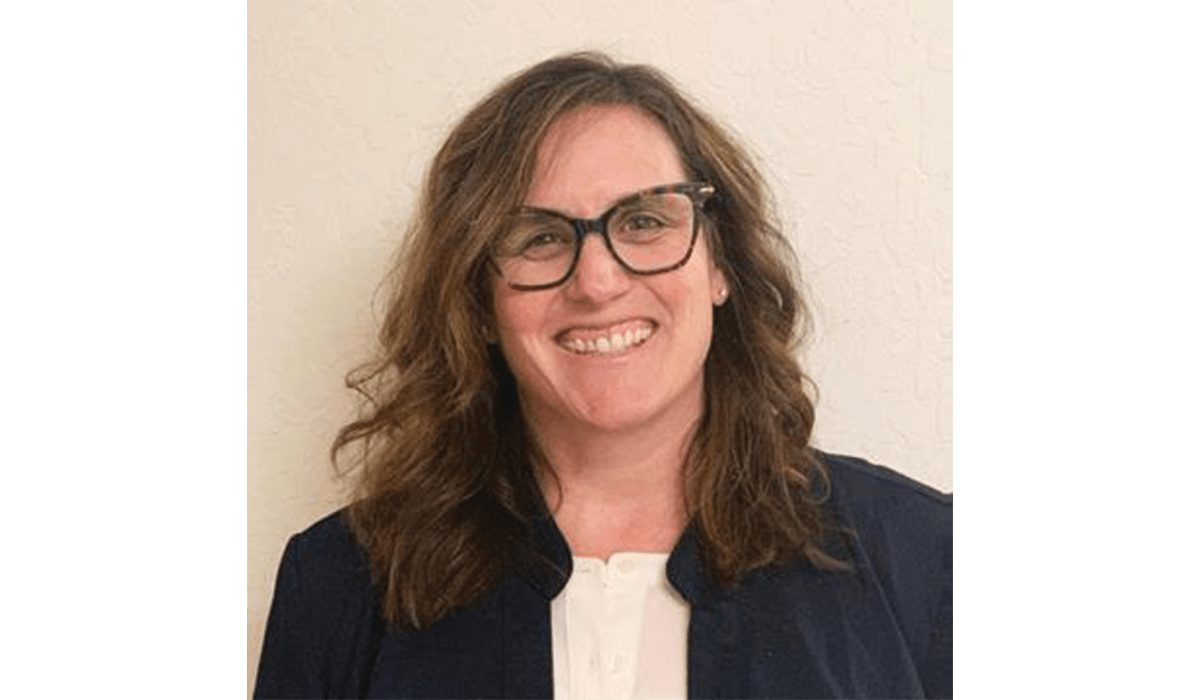Boards of pharmacy can face unexpected challenges while working to protect the public health. Here, board executive directors talk about how they worked around these obstacles.
Anne Sodergren
Executive Officer, California State Board of Pharmacy
How long have you served as executive officer?
I was appointed to serve as executive officer in January 2020. Prior to this appointment, I served as assistant executive officer.
What is one of the most significant challenges or issues your Board has addressed in the past year or so?
Navigating and responding to the coronavirus disease 2019 (COVID-19) pandemic. The Board focused on steps it could take to ensure continuity of patient care under very dynamic conditions. This included looking at the practice of pharmacy and, given the climate and transmission ability of COVID-19, the identification of meaningful steps to address patient and pharmacy staff safety concerns, while still providing safe patient care.
What actions were taken by the Board to address the issue?
Since early March 2020, the Board has relied heavily on its authority to issue waivers to provisions of its pharmacy laws and regulations that, in the Board’s opinion, will aid in the protection of the public and the provision of patient care. The Board has taken quick and meaningful actions, including approving about 25 broad and over 300 site-specific waivers. We also transitioned to a remote desk audit inspection process, allowing us to continue to evaluate portions of pharmacy practice to ensure consumer protection and continuity of patient care. The Board used its waiver authority in several areas to promote physical distancing, including approving waivers to expand conditions for remote order entry, allow for the receipt of wholesaler deliveries without requiring a physical signature from the pharmacist, and create different requirements for patient consultations to ensure that patients still receive quality care, which may be delivered through different means. Pharmacists in California already have the authority to administer vaccines, but they can now administer COVID-19 vaccines without having to notify a patient’s primary care provider. In addition, the Board issued a number of temporary licenses for alternative care sites to build capacity, as well as temporary licenses to facilitate the distribution of personal protective equipment, ventilators, vaccines, and so on.
What other key issues has the Board been focusing on?
The Board is balancing these efforts with other essential functions, including implementation of community pharmacy staffing regulations with provisions to ensure that a pharmacist working alone has ready access to assistance; regulations to expand access to HIV preexposure and postexposure prophylaxis; and pursuing legislation to expand authority for pharmacist-provided Clinical Laboratory Improvement Amendments-waived testing. Under existing law, pharmacists in California have limited testing authority within their scope.
What insights do you have for states facing similar challenges?
Under provisions of pharmacy law, all licensees are required to enroll in the Board’s subscriber alert system, which allows the Board to quickly disseminate information. The Board has used this tool to convey information from the Board and other regulators, ensuring that licensees have up-to-date information, which has proved especially important during the pandemic. Also, the NABP Interactive Executive Officer Forum provides an easy forum in which to interact with other executive officers. Because it is a different dynamic from one where there are also industry representatives, it allows for a better flow of information and for benchmarking and understanding the challenges and successes of other states.
This interview was originally featured in the June/July 2021 edition of Innovations.
